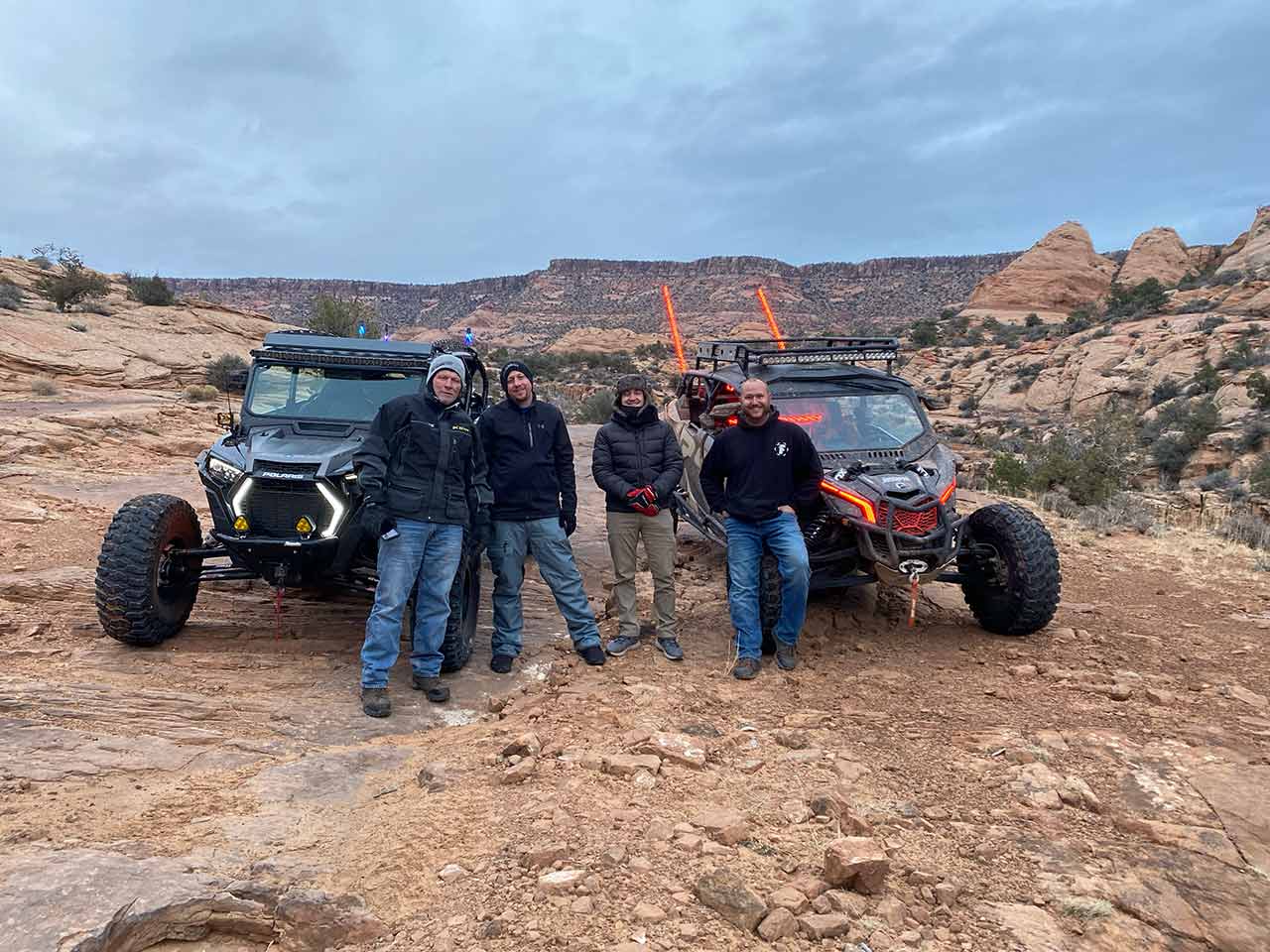Riding a UTV isn’t just about speed—it’s about mastering a smooth, controlled style that reduces wear on both machine and rider. A well-honed technique ensures safety, comfort, and confidence on the toughest trails. This article offers insights to help UTV owners reduce fatigue, improve control, and truly enjoy the off-road experience.

Understanding a Smooth UTV Riding Style: Key Fundamentals
One of the most important skills UTV owners can develop is a smooth, consistent riding style that balances comfort and control. Doing so helps minimize fatigue, protects the vehicle from excessive wear, and improves overall safety. To learn more about how you can refine your riding style, check out these UTV riding style techniques.
Below are some common indicators that signal where improvements may be needed:
- Excessive Bouncing and Rough Terrain Impact: If you notice constant jolting or bouncing through uneven trails, it’s a sign that your suspension usage or body positioning may be off. Smooth riding involves distributing weight effectively and allowing the vehicle’s suspension to work for you, rather than fighting it.
- Quick Fatigue and Reduced Concentration: Feeling sore and tired too soon into your ride can mean that your posture or grip is too tense. Maintaining a relaxed yet alert posture and using correct hand positioning on the steering wheel helps reduce muscular strain and keeps your focus sharp.
- Loss of Steering Precision: Frequent oversteering or understeering points to potential issues with throttle control, weight distribution, or simply a lack of anticipation for terrain changes. Fine-tuning your inputs will enhance steering accuracy, helping you traverse more challenging paths with ease.
Key Techniques for Developing a Smooth Riding Style
Refining your riding approach involves understanding how each element—throttle control, weight placement, suspension feedback, and terrain awareness—interacts to produce a smoother, safer ride. If you’re gearing up to elevate your off-road performance, explore our recommended UTV gear for smoother riding to complement these techniques.
- Maintain a Relaxed Grip – A death grip on the steering wheel leads to unnecessary tension and fatigue. Keep your arms loose to allow subtle steering corrections without straining your muscles.
- Focus on Throttle Control – Gradual, steady throttle inputs help prevent sudden jerks and give your tires better traction. Practicing a controlled throttle hand ensures smoother acceleration and cornering.
- Use Proper Weight Distribution – Proper seating posture and body positioning let you harness the vehicle’s center of gravity. Shift your weight slightly in turns or across uneven ground to stabilize the machine.
- Anticipate Terrain Changes – Look ahead to read the trail and plan your moves. Anticipation allows smoother transitions over obstacles and helps you maintain balance through dips, rises, and curves.
Putting it into Practice: Steps for Smoother UTV Riding
These basic steps will help you establish a strong foundation for continuous improvement. For more detailed guides and insights, visit our smooth riding technique guides.
- Begin with Gentle Terrain: Start on flat or mildly uneven trails to get a feel for how slight throttle or steering inputs affect your ride. This practice reveals areas you might be gripping too tightly or overcompensating on.
- Gradually Increase Speed: Once comfortable, ramp up the pace. Concentrate on maintaining a calm upper body and smooth throttle application, even at higher speeds. Keep a light, responsive grip to adjust to sudden changes in terrain.
- Incorporate Terrain Features: Add mild bumps, hills, or turns into your practice sessions. Focus on actively shifting your weight to stay balanced. Adjust your grip and throttle as needed to keep movements smooth and controlled.
Best Practices for a More Comfortable Ride
- Regular Maintenance: Keep your UTV well-maintained, focusing on suspension components, tires, and steering systems to ensure everything responds accurately to your inputs.
- Proper Tire Pressure: Inflating tires to recommended levels helps absorb impacts and keeps handling predictable.
- Inspect Suspension: Check shocks and springs for wear. A well-tuned suspension goes a long way toward reducing fatigue.
- Wear Safety Gear: Helmets, gloves, and supportive footwear aren’t just for safety—they also help keep you comfortable on long rides.
Seeking Further Improvement and Expert Guidance
Sometimes, despite consistent practice, lingering issues with handling or comfort persist. If you suspect alignment problems or want a deeper evaluation of your riding form, consider signing up for professional UTV riding school. Expert observation and one-on-one feedback can make all the difference.
Don’t forget: building a smooth riding style is an ongoing process. Continual practice, combined with consistent vehicle maintenance, will lead to lasting improvement and greater confidence on every trail.
Main Points to Remember
A smooth UTV riding style reduces fatigue, protects your vehicle from unnecessary strain, and boosts overall safety and enjoyment on the trails. Remember to:
- Keep a relaxed but responsive grip on the steering wheel.
- Use steady throttle control for fluid acceleration and cornering.
- Practice correct body positioning to maintain balance and stability.
- Anticipate terrain changes and plan your movements accordingly.
Following these guidelines will help you feel more in tune with your UTV, allowing you to tackle tougher trails with greater control, less strain, and a whole lot more fun.
Side by Side Fury performs repair, maintenance, and custom builds for UTVs, and they carry thousands of aftermarket parts and accessories to keep your ride performing at its best.
